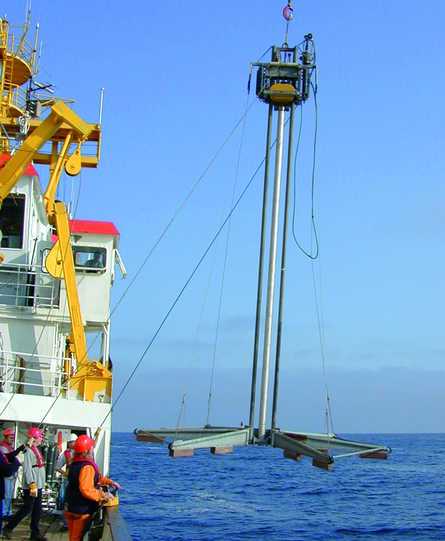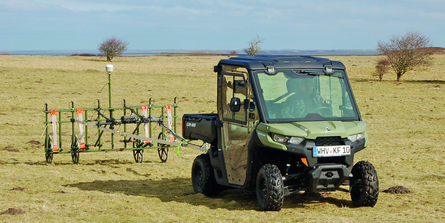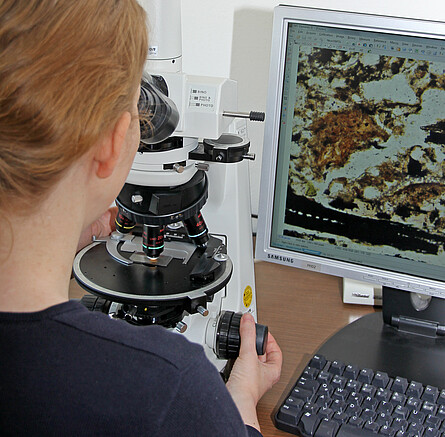


Research
During the past 12,000 years, the coastal habitats along the North and Baltic Sea as well as the river lowlands draining into them have changed repeatedly. These change were so extensive that there are now huge differences between the landscapes we are familiar with today and those that existed during the time of our ancestors.
In particular, climatic changes and the rise in sea level, but also human activities such as deforestation, the draining wetlands or bogs, and the building of dikes have created a cultural landscape in which the relics of life from past epochs are mostly hidden in the ground. With the methods of modern archaeological and environmental research, these relics can be examined and their development be reconstructed to understand their transition towards the cultural landscape of today.
Against this background, the reconstruction of the living and environmental conditions that have shaped the social, economic and cultural life of the respective communities in different periods of time is the focus of the research of the NIhK. In doing so, the NIhK uses a wide range of methods that are continuously being developed together with numerous cooperation partners in other research institutions, museums and universities.
The institute's research is currently focused on the following three thematic priorities: "After the ice – Settlement and land use in prehistoric northern Germany", "Early Networks - Communication and Exchange in the 1st and 2nd Millennia" and "Between escape and adaptation – Past climatic changes and their consequences”. The majority of the research projects deal with different questions within these subject areas.
